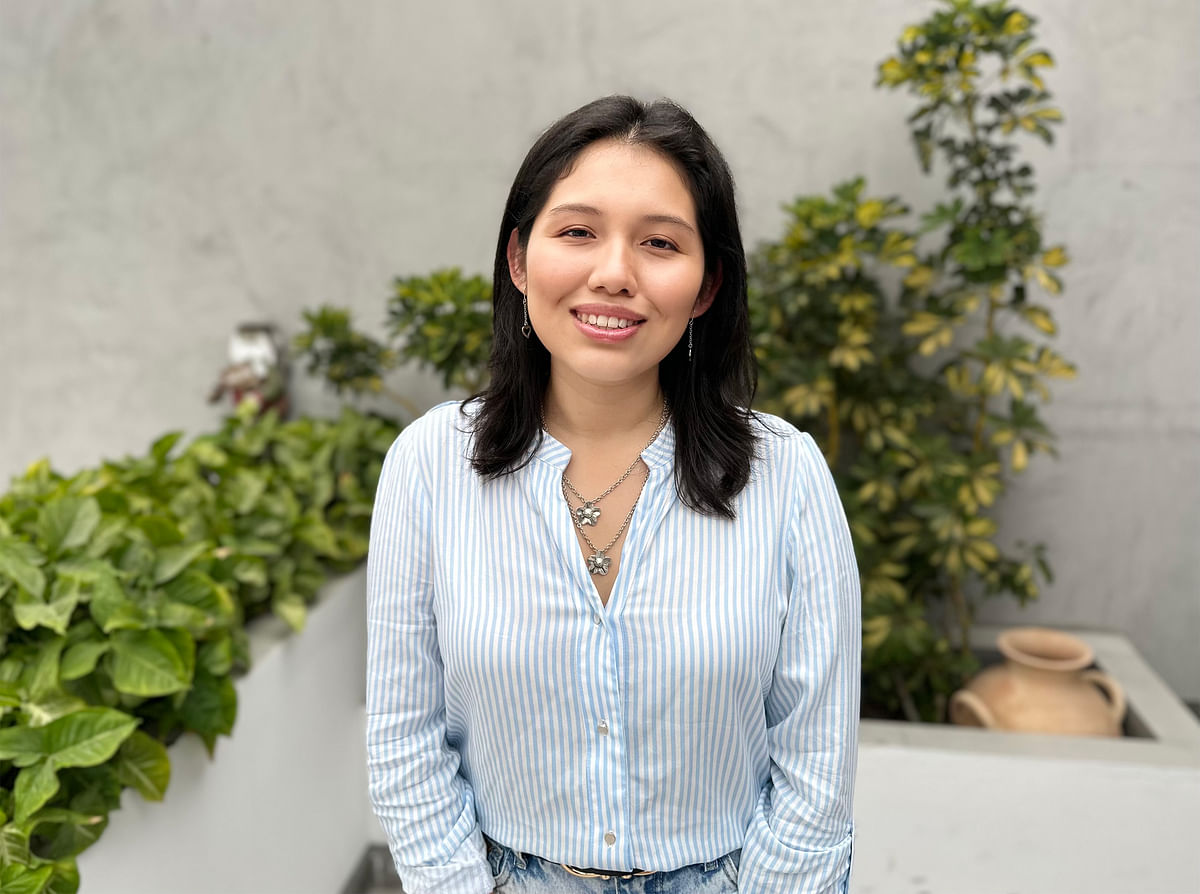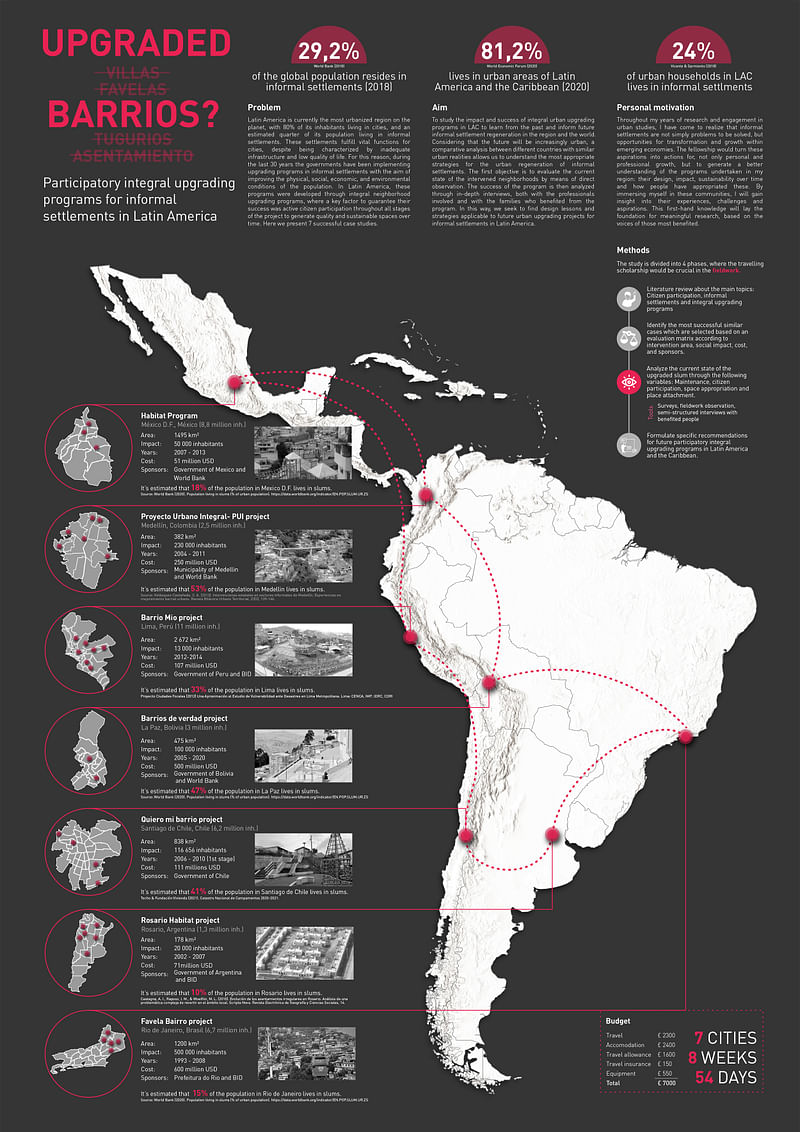Martha Pomasonco wins 2023 RIBA Norman Foster Travelling Scholarship for ‘Upgraded Barrios’ research project
By Niall Patrick Walsh|
Tuesday, Aug 15, 2023

Related
Martha Pomasonco from the University of Lima, Peru, has been awarded the 2023 RIBA Norman Foster Travelling Scholarship with her project titled “Upgraded Barrios.” The annual award, given by the Royal Institute of British Architects, grants £7,000 (around $8,900 USD) to an architecture student who “demonstrates original thinking on issues relating to the sustainable survival of cities and towns.”
Pomasonco's research itinerary spans 54 days across seven Latin American countries, aiming to analyze the effectiveness of neighborhood enhancement projects. Her journey will commence in Lima with the Barrio Mio initiative, before visiting Mexico City, Medellin, La Paz, Rio de Janeiro, Rosario, and Santiago de Chile, before concluding again in Lima.
At each location, Pomasonco will assess various neighborhood improvement initiatives through observation and interviews, with the aim of extracting insights for potential future urban upgrades.

“I am delighted and honored to have been selected as the winner of the 2023 RIBA Norman Foster Travelling Scholarship,” Pomasonco said about the news. “I’d like to thank the University of Lima for nominating me, and the judging panel of the scholarship for selecting me. The scholarship will allow me to conduct research on my project ‘Upgraded Barrios.’ It will let me gather valuable first-hand information on the impact of the most successful upgrading programmes in informal settlements promoted by Latin-American countries to find design lessons related to sustainability across time.”
The 2023 scholarship attracted 60 applicants, marking one of the highest since its inception in 2007. Jan Dabrowski from ETH Zürich also received special recognition from the jury for their project “Atlas of Vanishing: Documenting West Africa's Forgotten Architecture.”

RELATED NEWS A travelogue of global carbon capture sites wins RIBA's 2022 Norman Foster Travelling Scholarship

RELATED NEWS RIBA announces the winner of the 2021 Norman Foster Travelling Scholarship


Share
0 Comments
Comment as :